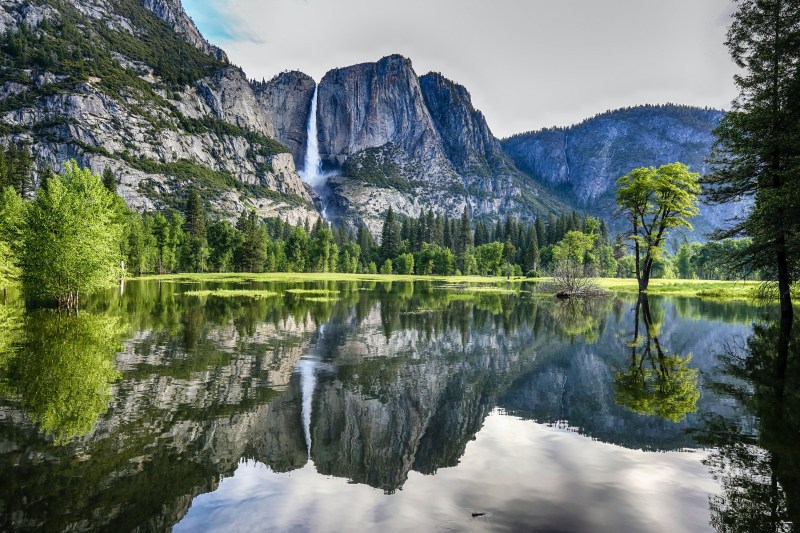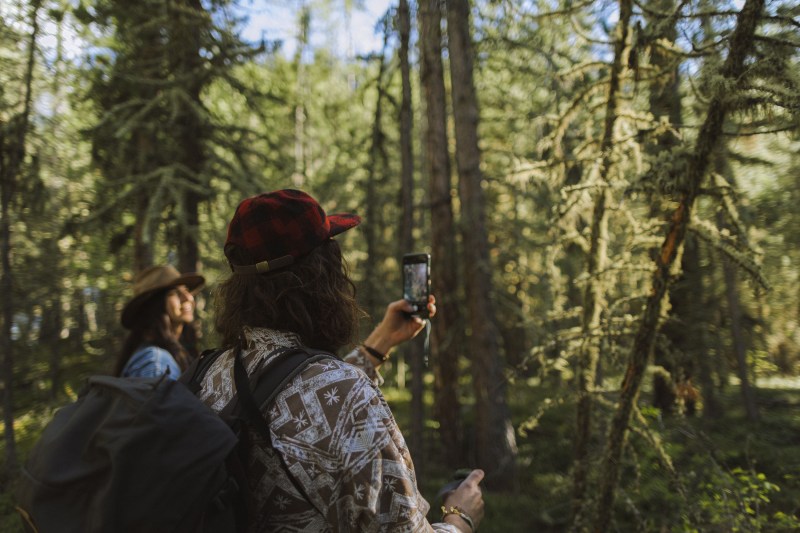Finally, Yosemite National Park is open to everyone once again. Recently, park officials announced that the controversial crowd-control system requiring visitors to book a reservation to enter the park in the summer would no longer be used in the new year. The system was originally implemented during the first two years of the pandemic to prevent overcrowding and continued into this year because of an ongoing construction project. Read on to learn more about the program and why you no longer need a reservation for Yosemite (at least for now).

What was the Yosemite Reservations System?
At Yosemite and a number of popular national parks, a temporary reservation system was enacted in 2020 due to the coronavirus pandemic. It required visitors to book advance admission for day visits to the park during the peak summer season when visitor numbers are usually at their highest. Even those driving or traveling through the park on Highway 120 needed a reservation. The only people who didn’t need a reservation were those who booked overnight stays at Yosemite campgrounds, hotels, or in the backcountry.
In the early days, park officials limited the number of people allowed to enter the park to about half of what it usually was. For Yosemite, the past decade’s average annual attendance numbers often topped 4 million, reaching a peak in 2016 with 5.2 million visitors.
As nationwide pandemic restrictions loosened and park personnel shortages improved in 2021, officials relaxed reservation requirements, too. Travelers were only required to make advanced bookings for visits between 6 am and 4 pm; anyone visiting in the early morning or late in the day could enter without a reservation. Admission caps were raised to around 70% of historic park traffic, too. The reservation system remained in place for the summer of 2022 as many of the most popular visitor attractions were closed for renovations and critical infrastructure repairs.

Gone… for now
Yosemite reservations were divisive from the start, drawing mixed opinions from visitors, park staff, and the local community. While in use, the program met its goal of limiting attendance when park staffing services were down and the pandemic was at its peak. Some even liked the policy as it cut down on the park’s infamous traffic congestion. Others, however, were not so thrilled; some travelers found it difficult to secure reservations and the admission caps reduced traffic to nearby communities that are economically dependent on tourism.
But while you may rejoice, for now, park officials say the reservation system may not be gone for good. According to officials, the suspension of the program is a chance to see what attendance looks like post-COVID, gauge public opinion, and improve crowd management tactics going forward. Some other popular national parks, like Zion in Utah, Glacier in Montana, and Rocky Mountain in Colorado, have already implemented long-term reservation systems for at least part of their peak seasons.
Travelers no longer need to book a reservation for Yosemite. With construction projects ending and staffing and services returning to pre-pandemic levels, Yosemite National Park is expected to accommodate more visitors in 2023 and beyond. Who knows what the future holds for Yosemite reservations, but, at least for now, you can visit the park without any extra hurdles. So, dust off your hiking boots and start planning your hassle-free outdoor excursion now.



